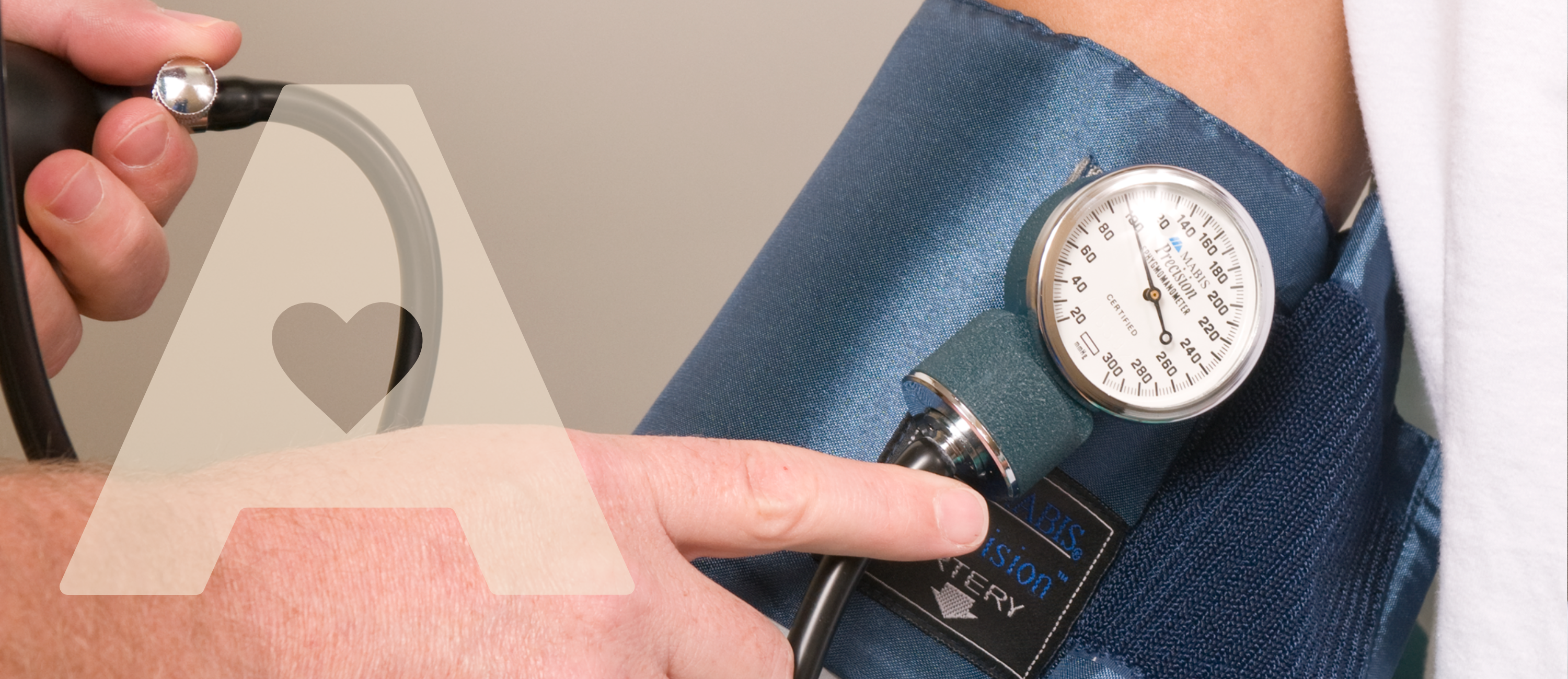We all know that horrible feeling or rush that comes over you in times of stress which is the physiological response to your blood pressure increasing. On the flip side, our blood pressure can also increase in times of excitement and joy. But, what is blood pressure, why must we keep blood pressure low, and what lifestyle changes can you make to maintain wellbeing?
What is blood pressure?
Simply put, blood pressure is the force exerted by the heart to pump your blood around your body. Much like Goldilocks and the 3 bears, you neither be too low, or too high, you need it to be just right.
Know your numbers
So what is just right?
First, it’s important to understand how the pressure is quantified. Blood pressure is measured in millimetres of mercury, or mmHg for short. The first number presented is the systolic pressure and the second is the diastolic pressure. Systolic pressure is defined as the pressure exerted by the heart when blood is pushed out of the heart. Whereas diastolic pressure is defined as the pressure when your heart is between beats.
Normal blood pressure is defined as 120/80 mmHg, but the truth is there is more leeway than that. ‘Perfect’ blood pressure can differ slightly. However there are clear guidelines for high blood pressure, otherwise known as ‘hypertension’, these can be seen below:
- Prehypertension- 120-139 mmHg
- Hypertension Stage 1 – 140-159 mmHg
- Hypertension Stage 2 – 160 mmHg or higher
- Hypotension (low blood pressure)- 90/60 mmHg
Symptoms of high blood pressure
- Headaches and migraines
- Shortness of breath
- Dizziness
- Blurred vision
- Nose Bleeds
- Fatigue
- Heart Palpitations
- Fainting
What causes high blood pressure
- Familial Hypertension
- Excess Alcohol
- Excess Caffeine
- Excess Salt
- Lack of Fruit of Vegetables
- Lack of Exercise
- Infections
- Poor Sleep
- Anxiety
Dietary and lifestyle changes for better blood pressure
Here are some tips for lower blood pressure:
- Reduce salt in your diet – Salt is a well-known risk factor for hypertension. Salt draws more water into the circulatory system and increases the overall blood pressure. Try reducing salt by reducing pre-packaged food and fast food, in addition to home-cooking and not adding salt. Instead of adding salt for flavour, try adding herbs, spices and citrus.
- Increase fruit and vegetable sources- Fruits and vegetables are excellent sources of potassium. Potassium can help counteract the effects of sodium and reduce high blood pressure. In addition, fruits and vegetables contain fibre, which has a similar effect.
- Increase exercise- Regular exercise can help to reduce blood pressure and maintain it. Try to boost your sedentary lifestyle by reaching a 10,000 step count, joining a new exercise class or exercise snacking throughout the day.
- Keep stress to a minimum- If you are chronically stressed, or have a chronic stressor in your life try your best to take a step back and take care of yourself. Try to minimise stress anyway you can, speaking to a therapist, finding a friend or family member to help, start exercising, take part in self-care or indulging in a hobby.
- Improve your sleep routine- Lack of sleep can contribute to stress on the body, this can naturally increase blood pressure. Try to stick to a regular sleep schedule, unwind before bed, and put technology down at least 1 hour before bed.
- Have a health MOT – If you have high blood pressure that is otherwise not affected by all the lifestyle changes then you are recommended to see your GP or healthcare practitioner. There may be an underlying genetic factor or infection causing the high blood pressure. This support from your healthcare practitioner may get you medication that can help.





